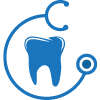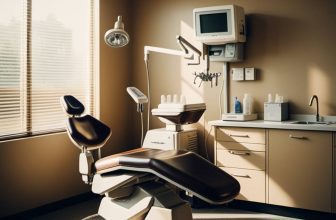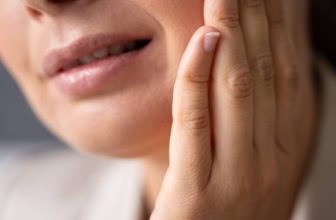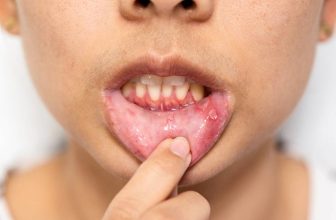Have you ever woken up to find that your teeth have taken on a yellow or brownish tinge overnight? If so, you’re not alone. Discoloration of the teeth is a common problem, and it can have many causes. In this blog post, we’ll explore some of the most common causes of tooth stains and discoloration and what you can do to prevent them.
13 Main Reasons Why Are Brown Spots Appearing Between Your Teeth
You take good care of your teeth. You brush twice a day, floss regularly, and see your dentist for cleanings and checkups every six months. So why are brown spots appearing between your teeth? You may be surprised to learn that there are a few reasons this could be happening.
Here are a few of the most common reasons for brown spots between teeth:
1. Not flossing correctly
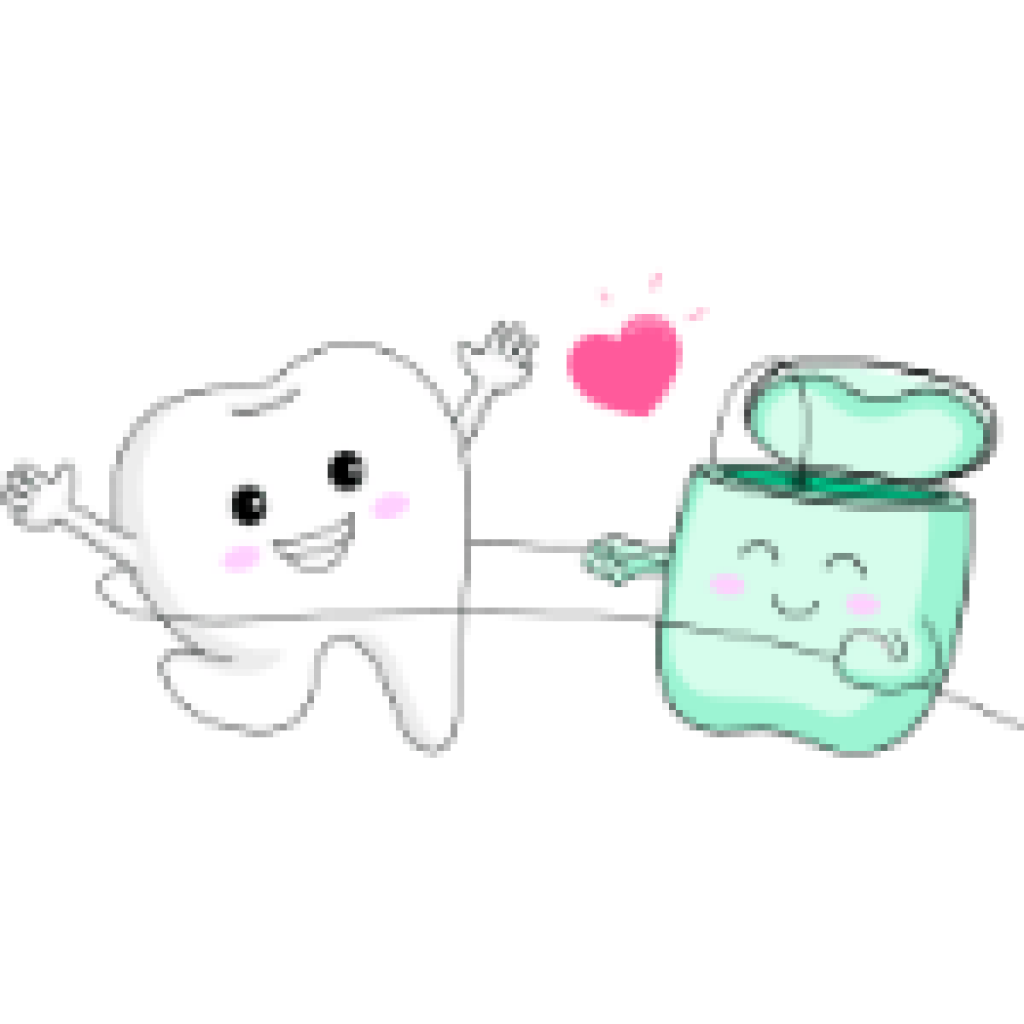
Flossing is important for removing plaque and bacteria from hard-to-reach areas of your mouth, like in between your teeth. If you’re not flossing correctly, plaque and bacteria can build up and cause brown spots.
Here is how to floss correctly:
To floss correctly, use 18 inches of dental floss and wind it around each middle finger, leaving about an inch of floss to work with. Gently insert the floss in between each tooth and use a back-and-forth motion to remove plaque and bacteria. Be careful not to snap the floss into place, as this can damage your gums.
2. Poor oral hygiene
Plaque is a sticky film that forms on your teeth when you eat or drink certain foods and beverages. If plaque isn’t removed, it can harden into tartar, which is more difficult to remove. Without proper oral hygiene, plaque and tartar can build up and cause brown spots on your teeth. To help prevent this, brush your teeth twice a day with fluoride toothpaste and floss daily.
3. Smoking
Smoking is one of the leading causes of stained teeth. The nicotine and tar in cigarettes can cause yellow or brown stains on your teeth. If you smoke, you may need to see your dentist more often for professional cleanings to help remove the stains from your teeth. Professional whitening treatments may also be necessary to help restore the natural whiteness of your teeth.
4. Certain medications
Some medications, such as antihistamines, antipsychotics, and high blood pressure medications, can cause dry mouth or xerostomia. When you have a dry mouth, there is less saliva in your mouth to wash away food particles and bacteria. This can lead to plaque buildup and brown spots on your teeth. If you’re taking any medications that might cause dry mouth, talk to your dentist about ways to combat this side effect. Drinking plenty of water throughout the day can also help keep your mouth hydrated.
5. Genetics
Some brown spots between teeth may be due to genetics or aging. As we age, our enamel thins out and becomes more transparent. This allows the underlying dentin, which is yellow in color, to show through more easily and give our teeth a yellow or brown tint. There is no way to completely prevent this from happening, but practicing good oral hygiene habits can help slow down the process…
6. Aging
Our enamel starts to wear away as we age, revealing the yellowish dentin underneath. While there’s no way to prevent this type of tooth discoloration, regular dental visits can help ensure that any other potential causes are kept under control.
7. Consuming staining foods and drinks

Coffee, tea, and red wine are some of the biggest culprits when it comes to staining teeth. If you can’t give up your morning cup of joe or evening glass of wine, make sure to brush your teeth immediately afterward. This will help remove any staining agents before they have a chance to set in.
8. Severe Fluorosis
Fluorosis is a condition that can occur when you’re exposed to too much fluoride during tooth development. This can happen if you drink water that has high levels of fluoride or use fluoride products excessively. Fluorosis can cause brown spots or white streaks on your teeth. In severe cases, it can also cause pitting or irregularities in the tooth surface. If you think you may have fluorosis, talk to your dentist about treatment options.
9. Dental caries
Dental caries, also known as cavities, are one of the most common reasons for brown spots on teeth. Cavities form when plaque and bacteria break down the tooth enamel, causing holes or pits in the teeth. If cavities are left untreated, they can eventually lead to tooth loss. To help prevent cavities, brush your teeth twice a day with fluoride toothpaste and floss daily.
10. Enamel Hypoplasia
Enamel hypoplasia is a condition that causes tooth enamel to be thinner than normal. This can be due to genetic factors or certain illnesses or medications. Enamel hypoplasia can make your teeth more susceptible to staining and cavities. If you have this condition, your dentist may recommend using a special toothpaste or fluoride rinse to help protect your teeth.
11. Celiac Disease
Celiac disease is a genetic autoimmune disorder that affects the digestive system. People with celiac disease cannot tolerate gluten, a protein found in wheat, barley, and rye. When people with celiac disease eat gluten, it can damage the lining of the intestines and prevent the absorption of nutrients. This can lead to a number of problems, including brown spots on teeth. If you have celiac disease, avoiding all foods containing gluten is important.
12. Recreational Drugs that are inhaled
Recreational drugs that are inhaled, such as methamphetamine, can cause brown spots on teeth. This is because the drugs cause a decrease in saliva production, which can lead to a dry mouth and an increased risk of cavities. If you use recreational drugs, it’s important to talk to your dentist about ways to protect your teeth.
13. Chlorine build-up from swimming
Looking to keep your smile looking its best? You may have noticed brown stains on your teeth if you swim regularly. Don’t worry, and you’re not alone! This is a common side effect of swimming in chlorinated pools.
There are a few things you can do to help reduce the amount of staining.
First, rinse your mouth well with tap water after swimming. Then, be sure to brush your teeth when you get home. If the staining is particularly bad, schedule regular cleanings to have the stain polished off.
How to remove brown stains from teeth at home
You can do a few things at home to try to remove brown stains from your teeth.
1. Brushing teeth with baking soda
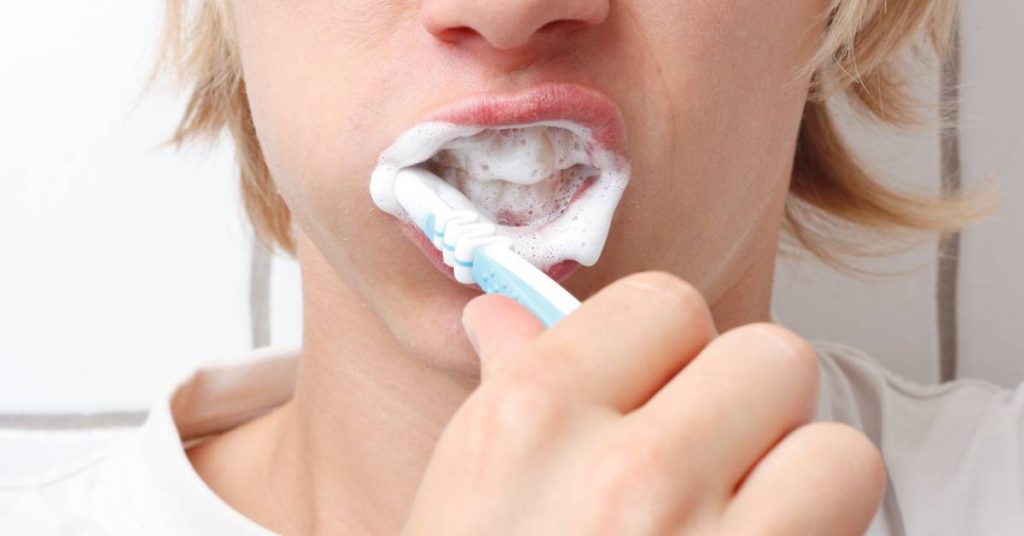
The first thing you can do is brush your teeth with baking soda. Baking soda is a gentle abrasive that can help to remove surface stains on your teeth.
Here is how:
2. Floss daily
Another thing you can do is floss your teeth regularly and make flossing a staple part of your hygiene routine. Flossing helps remove plaque and bacteria between your teeth naturaly, which can help prevent new stains from forming.
3. Use teeth-whitening toothpaste
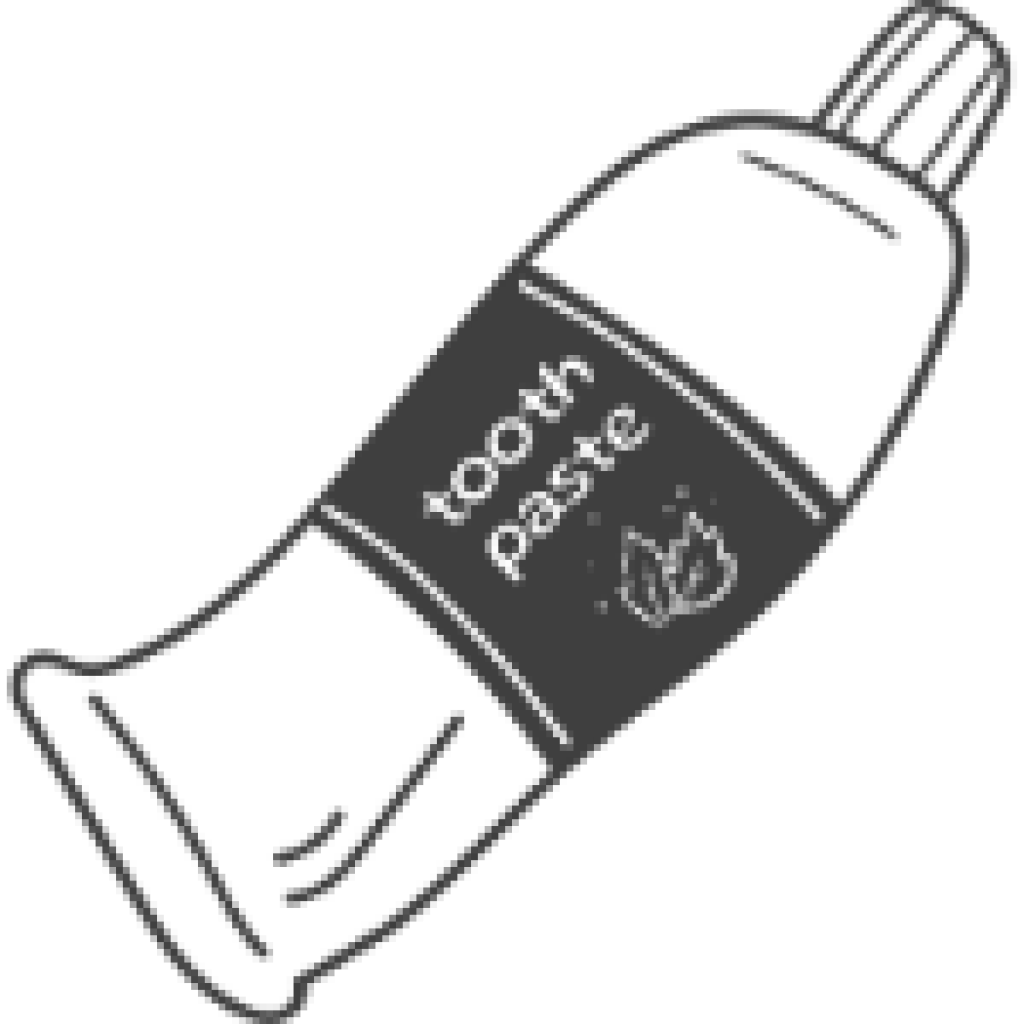
You can also try using whitening toothpaste. Whitening toothpaste contains abrasives and chemicals that can help to remove stains from your teeth. However, they may not be as effective as other methods.
If you have persistent brown stains on your teeth, you may need to see a dentist for professional cleaning or whitening.
Prevention
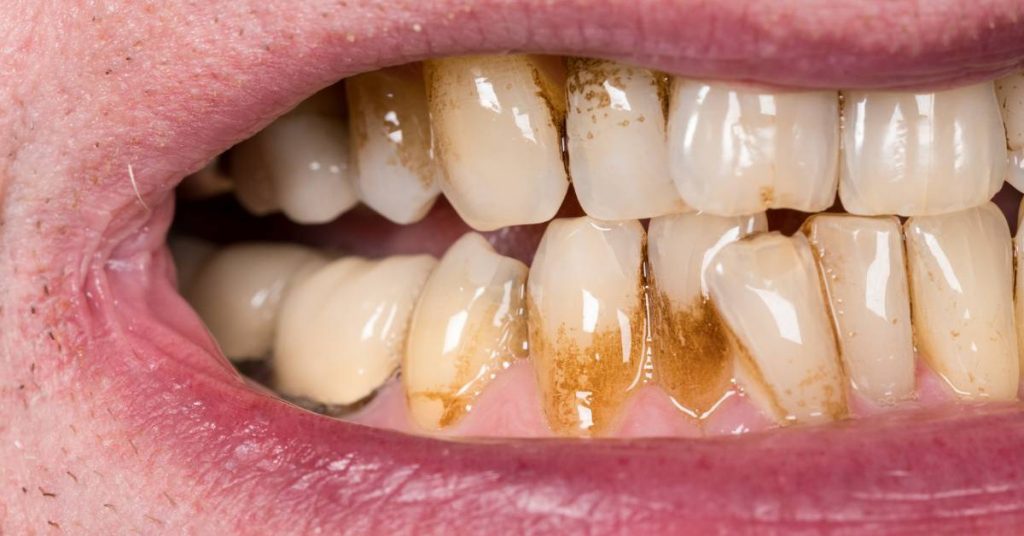
While some causes of tooth discoloration are out of our control, there are steps we can take to prevent it. In addition to brushing and flossing regularly, try limiting your consumption of staining foods and drinks (coffee, tea, red wine) and quitting smoking if you currently smoke cigarettes or cigars. These simple steps will go a long way toward keeping your teeth looking their best.
Conclusion
Brown spots between your teeth can be unsightly and embarrassing—but they don’t have to be permanent! In most cases, brown spots are caused by poor oral hygiene habits or smoking cigarettes. However, there are some things you can do to help prevent them from happening in the first place.
Be sure to brush twice a day, floss daily, see your dentist regularly for cleanings, and quit smoking if you currently do. If you’re concerned about brown spots, talk to your dentist. He will be able to provide additional tips for preventing them or recommend professional treatments if they’ve already developed.
